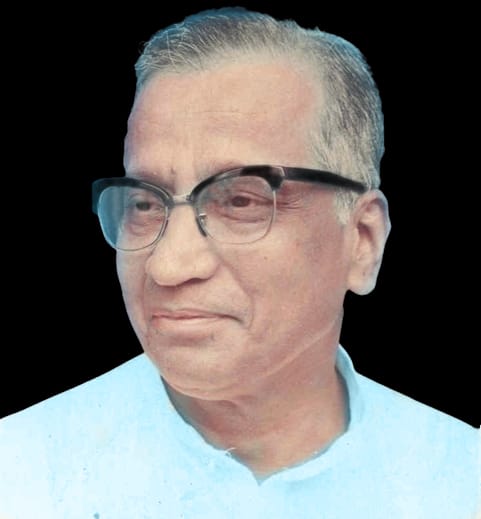Disparities in Educational Attainment Across Socio-Economic Groups in India and Karnataka: An Exploration of NSSO Findings (2007-08 to 2022-23)
P Manivannan
Abstract
This study analyses disparities in educational attainment by socio-religious groups in India and Karnataka, using data from different NSS rounds (2007-08, 2017-18, and 2022-23). In general, although overall literacy and educational attainment have improved, disparities persist, particularly among Scheduled Castes (SCs), Scheduled Tribes (STs), and Muslims. At the national level, illiteracy has declined, and secondary and graduate-level education has expanded, but SCs and STs remain disadvantaged. Karnataka follows a similar trend, with Hindu, General and OBC groups recording higher educational attainment, especially in higher education. Muslim educational progress is concentrated in urban areas, while STs and SCs remain the most disadvantaged in rural and urban Karnataka. Female educational attainment has increased, particularly at the primary and secondary levels, although SC, ST, and Muslim females lag in higher education. Attainment across expenditure quintiles shows that higher quintiles perform better, especially in higher education. Across Karnataka’s administrative divisions, Bengaluru Division leads in attainment, while Gulbarga lags, especially with respect to educational attainment by SCs and STs. Logit model estimation results show that STs and SCs have the lowest probability of attaining primary-and-above education, while urban residence and household income positively influence attainment. The study shows that Karnataka has made progress in education but at a slower pace than India as a whole, particularly in reducing illiteracy and improving higher education among marginalised communities like STs, SCs, and Muslims. While India’s overall illiteracy declined faster during 2007-08 to 2022-23, Karnataka’s ST population remains significantly behind national trends. Though Muslims in Karnataka showed better primary education growth, STs, SCs, and Muslims underperformed at the higher education levels. Rural SC males, urban SC males, Muslim males, and ST females face substantial educational disadvantages. Economic disparities persist, with lower literacy and retention across all income levels, particularly in secondary and higher education. Policy recommendations to address the disparities include the launch of additional targeted programmes for disadvantaged groups, especially SCs, STs and Muslims in rural areas, enhancement of financial aid/scholarships to these communities, and integrating education-lined incentives in poverty alleviation/self-employment programmes.


